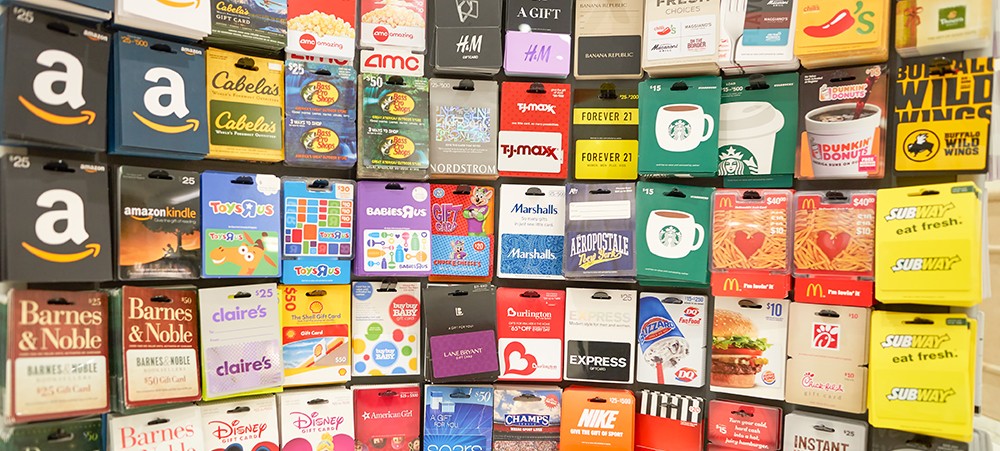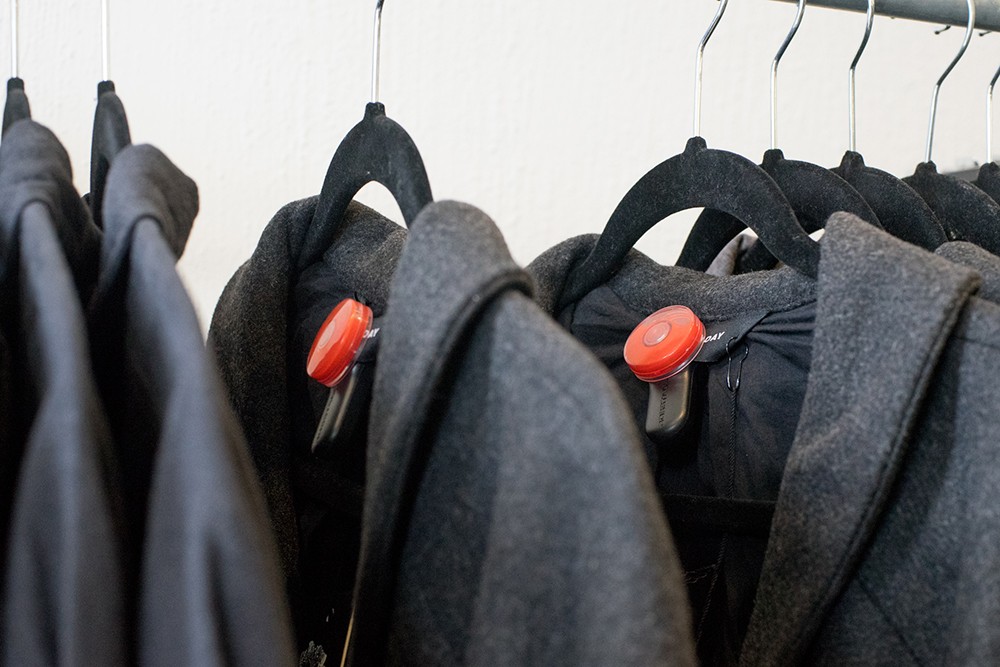
What’s the link? Shoplifting, return fraud and gift cards
When the mind turns to shoplifting, most people imagine a light-fingered customer stealing merchandise then selling it on the black market or using it for their personal enjoyment.
But in the wold of retail loss, the truth is the initial theft of an item is sometimes just the beginning of the crime.
Return fraud sees these stolen items taken back to the store and then exchanged for either money or a gift card. And it’s a crime that’s a lot more common than people think.
Return fraud
In 2018, the NRF’s Organized Retail Crime (ORC) Survey offered a fascinating insight into return fraud.
They noted ORC cost retailers $777,877 per $1 billion in sales and criminal rings have multiple ways of stealing from retailers.
However, the most prominent type of return fraud involved stealing merchandise and then returning it for a refund.
The report found:
- 3 per cent of retailers had experienced returns of shoplifted/ stolen merchandise
- 6 per cent had encountered employee return fraud and/or collusion with external sources
- 1 per cent had experienced returns of merchandise purchased on fraudulent or stolen tender
- 5 per cent had encountered returns made by ORC groups
- 3 per cent had experienced wardrobing (i.e returns of used, non-defective merchandise)
“In all, survey respondents expect that about 11 per cent of annual sales will be returned and 8.2 per cent of those returns are fraudulent,” the survey authors explained.
Meanwhile, APRISS Retail’s 2018 Consumer Returns in the Retail Industry Report put a dollar amount on the cost, noting retailers incurred an estimated $18.2 billion loss due to fraudulent returns last year.
APRISS also explains the omni-channel environment is further compounding this problem, with more and more consumers opting to buy online and return in-store.
“The increase in buy-online-return-in-store (BORIS) returns is driving new demands—such as offering ‘frictionless’ returns. The ability to offer more flexible and lenient returns, while still mitigating the risk of fraud and abuse, is ever more critical.
Critically, the NRF says 11.2 per cent of all returns will be made without a receipt and that’s where shoplifting and return fraud begin to enter common ground.
Gift cards

Retailers have long been wary of returns without receipts, but in the push to ensure a good customer experience, many are often willing to overlook the lack of a small piece of paper.
In recent times that’s seen retailers offering gift cards, rather than cash, but that too has complications.
“Retailers may attempt to reduce fraudulent returns by providing a gift card or store credit rather than a refund, a popular option when a receipt is not present,” the NRF ORC Survey noted.
“But more and more, those gift cards and credits are sold, often online. This method may slow the thief from getting the cash, but the result is ultimately the same: They end up with the dollars from the stolen and returned merchandise.”
Loss Prevention Magazine explained the appeal of exchanging stolen items for gift cards.
“Rather than fencing the merchandise for 30 per cent of its value on the streets or selling the goods on the second-hand market for 60 to 70 per cent of its value, they can return the merchandise to the store, receive a gift card, and sell the gift card for up to 80 per cent of its market value.
“Factoring in the sales tax portion of the return, which can bring an additional 5 to 10 percent depending on the state, the thief can be looking at an 85 to 90 percent return on their ‘investment’ for the stolen merchandise.”
So, what’s a retailer to do?
Curbing the cost of retail return fraud involving stolen merchandise starts with limiting the potential for shoplifting in the first place.
That involves:
- Protecting merchandise with electronic article surveillance including security labels and security tags
- Monitoring the store using loss prevention professionals and/or CCTV
- Training staff in customer service and the signs of shoplifting
- Good store layout, including adequate lighting to reduce hidden or out of sight areas
- Monitoring potential theft areas like the fitting room
Meanwhile, retailers also need to be clear in their return policy and vigilant when refunding items for gift cards or cash. Importantly staff should also be educated in these policies, and return numbers and instances should be regularly reviewed.


